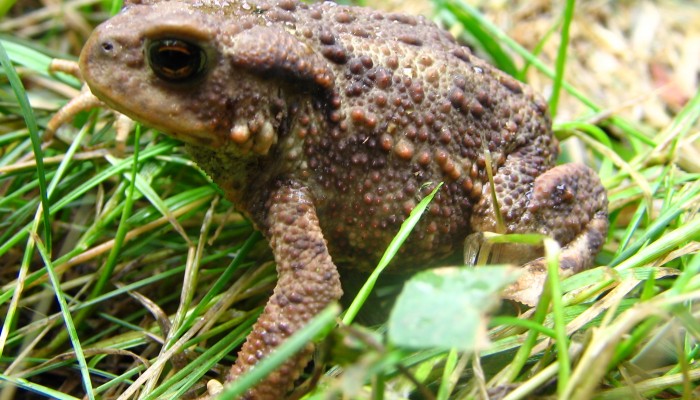Sounds like fun. Have a look at this interesting read and see how scientist are turning to citizens to help them with analysing large volumes of data. “A few days ago, I was an astrophysicist and contributed to a research project by organising sunspot images in order of complexity. After I’d had enough of that, I became a biochemist and worked late into the night on a project creating synthe ...[Read More]
Soil System Sciences
Monday paper: Use of phytoremediation and biochar to remediate heavy metal polluted soils: a review
Paz-Ferreiro, J., Lu, H., Fu, S., Méndez, A., and Gascó, G.: Use of phytoremediation and biochar to remediate heavy metal polluted soils: a review, Solid Earth, 5, 65-75, doi:10.5194/se-5-65-2014, 2014. Soil heavy metal pollution Due to increased extraction and use by various industries, heavy metals come easily to the environment in various ways. Unlike organic substances, heavy metals can not be ...[Read More]
Seismology
Scientists and the social network
Nature just blew the bubble! Last month an article entitled Online collaboration: Scientists and the social network, by Richard Van Noorden, put focus on the role social media has on scholars. The article gives a detailed insight on the attitude of scientist towards social media by discussing the various existing platforms such as Google Scholar, ResearchGate, LinkedIn, Twitter, Facebook, and othe ...[Read More]
Soil System Sciences
Mediterranean Environmental Research Group (GRAM)
By Marc Oliva The Mediterranean Environmental Research Group, (GRAM) from the University of Barcelona has over 20 years of working experience in the field of the effects of forest fires on soil properties. In 1998 the doctoral thesis entitled “Fire effects on soil properties, the role of fire intensity” carried out by Xavier Úbeda emphasized the importance of fire intensity impa ...[Read More]
Seismology
Upcoming EGU elections: Autumn 2014
The EGU Election Autumn 2014 for the Treasurer and Division Presidents will take place between 01 November – 01 December 2014. You are kindly asked to propose a candidate to any vacancy by 15 September 2014. You are welcome and encouraged to nominate yourself. If you are nominating someone else, please get the candidate’s consent. Please have the information listed in the application f ...[Read More]
Seismology
Perhaps toads can do that
Probably every seismologist has been asked the question “Can you predict earthquakes?”, or “Is it true that animals can sense an imminent earthquake?”. Despite the crushing answers from some trying to explain that not all seismologist work on earthquake predictions and that there is far more other areas of specialisation, the truth is that researchers are still trying to an ...[Read More]
Seismology
EGU journals now display the most recent Impact Factors
EGU journals now display the most recent Thomson Reuters Impact Factors (IFs), which were published on 29 July in Journal Citation Reports. Earth System Dynamics received its first impact factor (IF 2.771), while publications such as Geoscientific Model Development (IF 6.086), The Cryosphere (IF 4.374) and Solid Earth (IF 2.155), significantly improved its impact in the past year. Copernicus has a ...[Read More]
Seismology
READ: Networking for young scientists
A recommended read. The latest article on Wileys blog talks about the importance of networking for young scientists – how to do it and why you should. The blog is maintained by Wiley and share views about ideas, research and discussion. The article is well written and is a recommended read for all young scientists. Follow the link here: http://exchanges.wiley.com/blog/2014/07/17/networking-f ...[Read More]
Seismology
EGU2015: Call for Session Proposals
All EGU participants are invited to participate / organise a session at the General Assembly 2015. The next EGU General Assembly 2015 (EGU2015) will be held again at the Austria Center Vienna (ACV) from 12 to 17 Apr 2015. This is how it all starts: session proposal! EGU members are invited, from now until 12 Sep 2014, to take an active part in organizing the scientific programme of the conference. ...[Read More]
Soil System Sciences
Google Scholar metrics for soil science journals
The 2014 version of Google Scholar Metrics has been just published. The ranking is arranged according to each journal’s h5-index and h-median metrics. The 2014 edition is based on citations of all articles indexed in Google Scholar until mid-June 2014 and covers articles published between 2009-2013, both inclusive. The ranking also includes lists for publications in different languages, alth ...[Read More]

